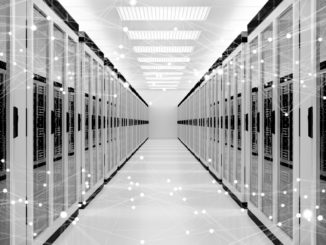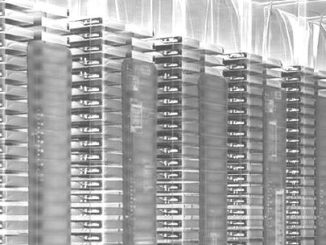
Unified Memory: The Final Piece Of The GPU Programming Puzzle
Support for unified memory across CPUs and GPUs in accelerated computing systems is the final piece of a programming puzzle that we have been assembling for about ten years now. …

Support for unified memory across CPUs and GPUs in accelerated computing systems is the final piece of a programming puzzle that we have been assembling for about ten years now. …

I have been frequently asked when the OpenMP and OpenACC directive APIs for parallel programming will merge, or when will one of them (usually OpenMP) will replace the other. …

To effectively make use of the level of concurrency in forthcoming exascale systems – hundreds of thousands of compute elements with millions of threads – requires some new thinking, both by programmers and in development tools. …

For more than a decade, datacenter system administrators have been trying to figure out how to get their increasingly complex infrastructure under control and to manage them in a way that allows them to keep up with, adapt to, and scale with the rapid changes that are the new norm. …

When it comes to parallel file systems, few people understand the evolution of challenges better than Sven Oehme, who was part of the original team at IBM building GPFS. …

Procter & Gamble, the massive multinational conglomerate and the world’s largest seller of consumer goods, has long been an advocate of computer modeling and simulation running atop HPC clusters. …

The BullSequana line of supercomputers from the Bull division of Atos offers some of the highest compute density available in the HPC realm. …

As we well know by now, workloads at supercomputing sites large and small are changing with the introduction of machine learning and more complex applications that require both large and small files. …

We have spent the past several years speculating about what the “Summit” supercomputer built by IBM, Nvidia, and Mellanox Technologies for the US Department of Energy and installed at Oak Ridge National Laboratory might be. …

HPC and the cloud have an uneasy, lukewarm relationship. Some corporations running HPC environments take the view that they have the infrastructure and software capabilities they need to run their own often massive workloads and taking on the networking costs, security concerns and management hassles of running applications and keep data in the cloud doesn’t make sense to them. …
All Content Copyright The Next Platform